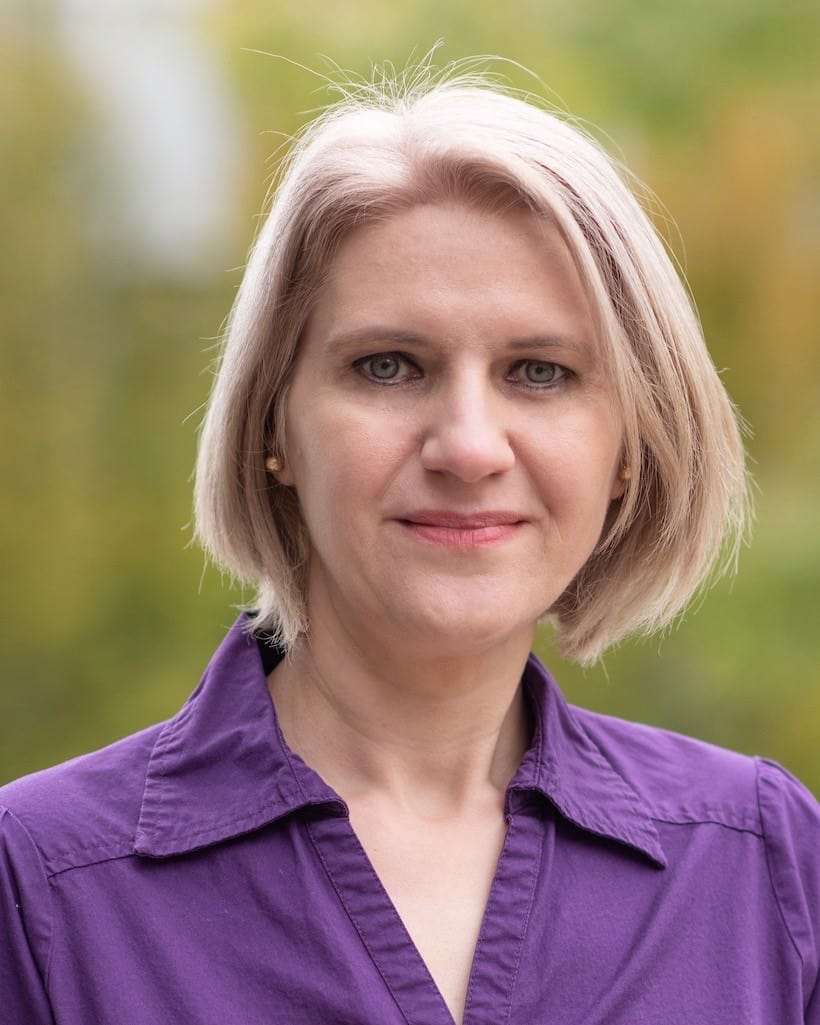June 7th, 2019

My excitement and expectations as a first-time participant to the NAFSA Annual Meeting were exceeded. It was a great experience to see how united and collaborative the community of international higher education is. I think this was the first time when I truly understood what networking really means. I was waiting by the information desk to meet with my IEM mentor (via the IEM Connector Program) and I happened to glance over the long hallway of the Convention Center. Everywhere I could see, there were people with a big smile on their face and arms open wide, recognizing and old friend or collaborator. My experience with the conference was one of belonging to a community wholeheartedly dedicated to excellence in higher education.
Two prominent plenary speakers at the conference were former secretaries of state Madeleine Albright and Collin Powell. Both talked about the importance of international education and the role of the government in creating supporting policies for attracting international students. They shared their own experiences in the White House and expressed intense criticism for the current government’s actions against internationalization. They were so funny and witty!
The recurrent theme of this year’s NAFSA Annual Conference was the anticipated diminishing numbers of international students. The main reasons for predicted lower numbers are the following: difficulties in obtaining student visas, higher visa processing fees, perceived racism and discrimination, higher tuition costs, unstable political discourse, future USCIS plans for restructuring the OPT and CPT, rise in H1-B visa denials.
Where do international students go and why? International students mostly go to Canada and Australia, with the US and UK seeing lower numbers than ever. Canada is seen as more welcoming, with less visa restrictions and more opportunities for securing work after study completion.
At the conference, I attended sessions on how to develop recruitment, admissions and retentions strategies in response to the current unsteady global enrollment climate. I basically tried to learn from what other institutions are doing to develop and implement systemic change to deal with future enrollment. What I found was not a surprise: apply cross-cultural competencies to understand the incoming international student population, make data-driven policies and procedures, and create informative communication plans to teach students/applicants how to navigate the US academic system.
One of the most informative session I attended was Canada’s International Students: A Study in Diversity. This was an exceptionally interesting presentation with a tremendous amount of government data. Contrary to the perception that increased numbers or international students are due to the US and UK’s detrimental policies, the Canadian Government had created a plan to enhance the international student population back in 2013. US and UK’s discriminatory environment has indeed helped their numbers but only because they already had a very structured plan in place to absorb the high number of international students. It was not just luck, it was tremendous work and strong support from the government.

POLIXENIA TOHANEANU, has been working as an International Admissions Specialist and Credential Evaluator in the Graduate Admissions Office at University of Idaho since 2016. She holds an M.A. in Francophone Studies from University of Cincinnati. As a previous international graduate student herself, she is passionate for researching new ways to make the process of evaluating international credentials more efficient. Email: [email protected]
